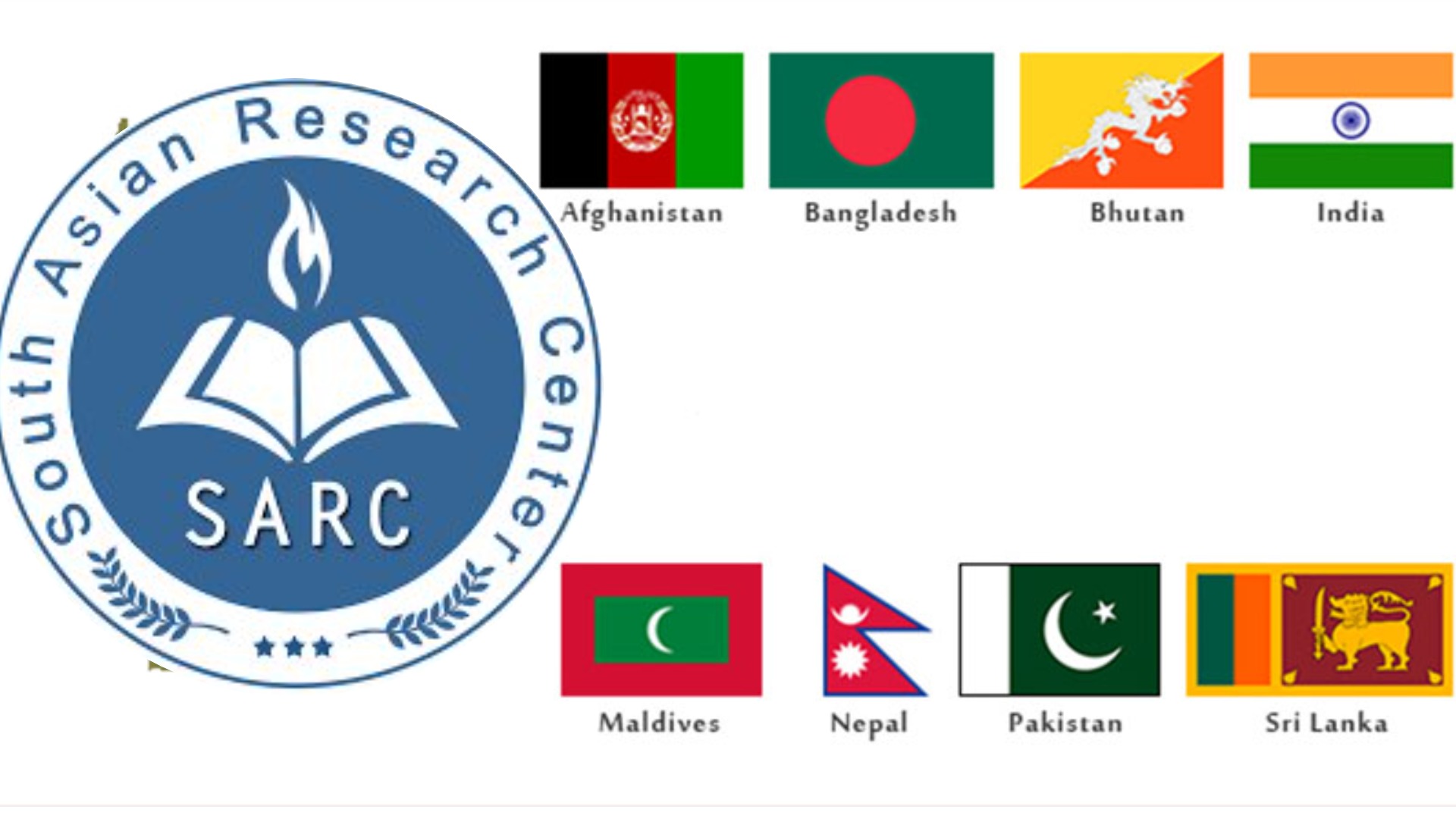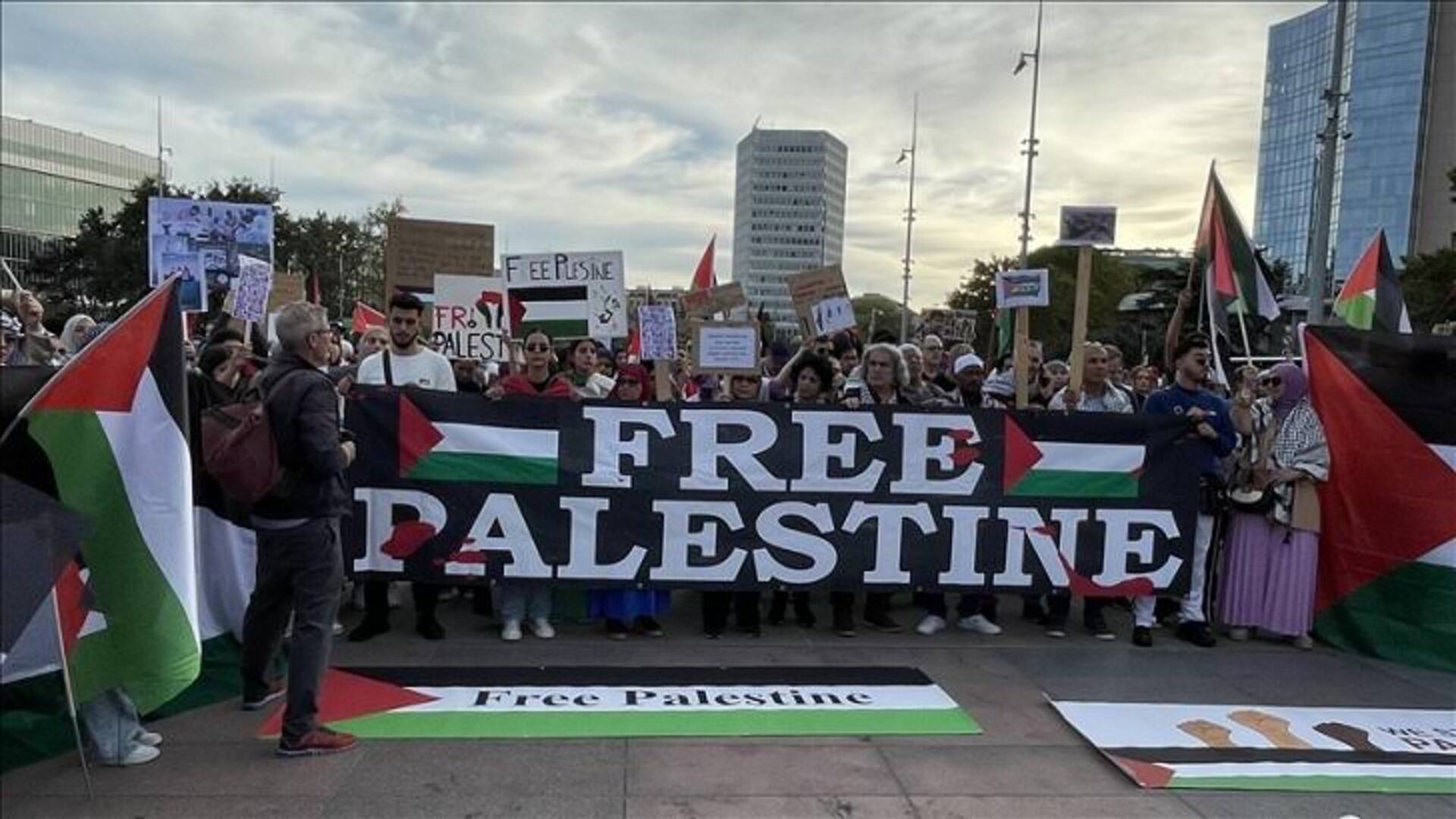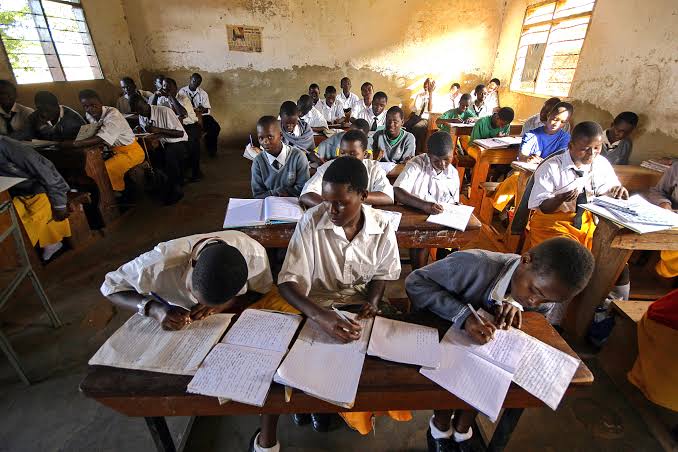
The South Asian Association for Regional Cooperation (SAARC), established in 1985, is a key organization that aims to foster economic, social, and cultural cooperation among its eight member states: Bangladesh, India, Pakistan, Sri Lanka, Nepal, Bhutan, Maldives, and Afghanistan. Its inception was driven by a vision to address common challenges such as poverty, underdevelopment, and political instability in the region. SAARC operates through a structured system, including a biennial summit of heads of state, a council of ministers, and various technical committees that focus on sectors like trade, health, education, and the environment. Despite notable achievements, such as the establishment of the South Asian Free Trade Area (SAFTA) and the SAARC Development Fund (SDF), which seek to improve regional economic integration and development, the organization faces significant challenges. Political tensions, particularly between India and Pakistan, often hinder meaningful cooperation and progress. Additionally, the low levels of intra-regional trade and differing priorities among member states further impede SAARC’s effectiveness. However, in areas such as disaster management, poverty alleviation, health, and climate change, SAARC continues to play an essential role in promoting collaboration and providing a platform for dialogue in a historically fragmented region. Despite its potential, SAARC’s future largely depends on the ability of its members to navigate political differences and focus on regional unity and development.
Historical Background and Foundation of SAARC
SAARC was created with specific objectives in mind, aimed at improving the well-being of the people of South Asia and promoting socio-economic development in the region. The major objectives of SAARC include:
- Accelerating Economic Growth and Social Progress: By fostering regional cooperation, SAARC aims to accelerate economic growth, enhance social progress, and improve the overall quality of life for the people of South Asia.
- Promoting Collective Self-Reliance: The organization strives to promote self-reliance among its member states, reducing dependency on external powers or organizations by pooling regional resources and expertise.
- Strengthening Cultural Ties: SAARC seeks to promote and strengthen cultural exchanges and understanding among member states, thus fostering a greater sense of regional identity and unity.
- Fostering Collaboration on Regional Issues: From environmental conservation to food security, SAARC is committed to finding collective solutions to common regional problems, facilitating cooperation in various sectors.
- Promoting Peace and Stability: Through dialogue and cooperation, SAARC aims to foster peace and stability in South Asia by reducing tensions between member states and promoting conflict resolution.
Structure and Organization of SAARC
SAARC operates through a well-defined organizational structure that facilitates decision-making, policy formulation, and the execution of programs:
1. The SAARC Summit
The SAARC Summit is the highest decision-making authority within the organization and is held biennially. Heads of state or government from each member country participate in the summit to discuss and deliberate on key regional issues. Decisions at the summit are made by consensus, ensuring that all member states agree on any significant policy or direction.
2. The Council of Ministers
Comprising foreign ministers from each member country, the Council of Ministers meets twice a year to provide overall policy guidance and evaluate progress on regional initiatives. The council is responsible for setting the agenda for the SAARC Summits and overseeing the execution of various programs.
3. The Standing Committee
The Standing Committee consists of the foreign secretaries of the member states, tasked with monitoring and evaluating the implementation of decisions made at the summit level. It plays a key role in the smooth functioning of SAARC, managing financial matters, and coordinating the work of technical committees.
4. Technical Committees
SAARC operates through a range of technical committees that focus on specific areas of cooperation, such as agriculture, rural development, health, energy, education, science, and technology. These committees design and implement collaborative projects that address key challenges faced by the region.
5. The SAARC Secretariat
Based in Kathmandu, Nepal, the SAARC Secretariat is the administrative center of the organization, coordinating SAARC’s day-to-day operations and facilitating communication between member states. The Secretary-General, appointed for a three-year term on a rotational basis from each member country, heads the Secretariat.
Areas of Cooperation
Since its inception, SAARC has focused on several critical areas of cooperation, each targeting specific challenges and opportunities in South Asia:
1. Trade and Economic Integration
One of SAARC’s most significant achievements is the South Asian Free Trade Area (SAFTA), which came into effect in 2006. SAFTA aims to reduce tariffs and trade barriers between member countries, thus encouraging intra-regional trade. Although trade between SAARC countries has increased, it still accounts for a small percentage of their overall trade, as non-tariff barriers and political conflicts—especially between India and Pakistan—have hampered the full implementation of SAFTA.
2. Poverty Alleviation and Social Welfare
SAARC has placed a strong emphasis on poverty reduction, launching several initiatives to address social welfare, employment, and income generation. Programs like the SAARC Development Fund (SDF) provide financial resources for social and economic projects aimed at improving the standard of living in member states.
3. Health and Education
SAARC has taken a proactive role in improving health and education across South Asia. Initiatives like the SAARC Tuberculosis and HIV/AIDS Centre (STAC), based in Nepal, are dedicated to combating health challenges such as infectious diseases. SAARC has also fostered educational exchanges through programs like SAARC Chair, Fellowship, and Scholarship Scheme, promoting academic cooperation and knowledge sharing among member countries.
4. Environmental Conservation
South Asia is particularly vulnerable to environmental challenges such as climate change, natural disasters, and resource depletion. SAARC has launched programs to promote sustainable development and environmental protection. The SAARC Disaster Management Centre was established to strengthen regional cooperation in disaster risk reduction and response.
5. Tourism and Cultural Exchange
To promote South Asian heritage and culture, SAARC encourages regional tourism through initiatives like the SAARC Visa Exemption Scheme, which facilitates the travel of selected individuals such as business leaders, scholars, and dignitaries between member states. SAARC also organizes cultural festivals and heritage preservation projects to strengthen cultural ties across the region.
Challenges and Obstacles Facing SAARC
Despite its potential and initial aspirations, SAARC has faced numerous challenges, which have impeded its effectiveness and limited its achievements:
1. Political Tensions
The strained relations between India and Pakistan, the two largest members of SAARC, have significantly hampered the progress of the organization. Bilateral conflicts, especially over issues like Kashmir, have often led to the postponement or cancellation of summits and limited regional cooperation.
2. Economic Disparities
There are significant economic disparities between the member states, with countries like India and Pakistan being much larger economies than nations like Bhutan and Maldives. These disparities often lead to unequal benefits from initiatives like SAFTA, with smaller countries struggling to compete in the regional market.
3. Bureaucratic Inefficiencies
SAARC’s consensus-based decision-making process often leads to delays in implementation and progress. The need for unanimity in decisions has slowed down several key projects, as disagreements between members frequently result in deadlock.
4. Limited Financial Resources
SAARC operates on limited financial resources, with much of its funding coming from contributions by member states. This financial constraint has limited the scope and effectiveness of various projects and initiatives.
The Future of SAARC
While SAARC has made notable strides in promoting regional cooperation, its potential remains largely untapped due to the challenges outlined above. Moving forward, greater political will and cooperation between member states, particularly India and Pakistan, will be crucial for SAARC to achieve its goals.
Efforts to deepen economic integration, enhance trade, and collaborate on shared challenges such as climate change, health crises, and poverty alleviation will likely define SAARC’s trajectory in the coming decades. Additionally, enhancing the role of observers like China, the United States, and the European Union could provide a fresh impetus for regional cooperation.
SAARC remains a vital regional organization with the potential to foster economic growth, social development, and peace in South Asia. While political conflicts, economic disparities, and bureaucratic delays have hindered its progress, the need for regional cooperation in a rapidly globalizing world has never been more apparent. With renewed focus and commitment from member states, SAARC could emerge as a powerful platform for addressing the shared challenges of one of the world’s most diverse and dynamic regions.

 A.B.M. Abir
A.B.M. Abir 























